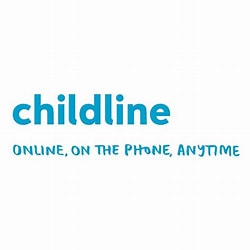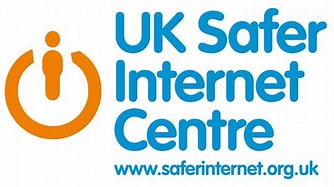Anti-Bullying
At Cranbrook Education Campus we are PROUD to be an anti-bullying school and working towards our anti-bullying bronze kitemark. This is a nationally recognised scheme which challenges and supports education settings to develop a dynamic, sustainable model for anti-bullying that engages the whole community (https://www.abqm-uk.com/). We are ENGAGED in learning about anti-bullying strategies and READY to report if we see anything that could be deemed bullying. We value being KIND across all aspects of school life and ensure that all pupils are SAFE by reminding them how to be upstanders against bullying incidents. Bullying behaviour is a CHOICE, it can be CHALLENGED and it can promote CHANGE.
CHOICE - CHALLENGE - CHANGE
Report a bullying incident
What is defined as bullying behaviour?
At Cranbrook we define bullying behaviour as ‘repeated negative behaviour intended to upset or offend.’ Sometimes bullying behaviour can be passed off as banter. We define banter as ‘the other person is in on the joke. There is no intention to offend.’ Sometimes banter can be poorly directed and this can make a person feel like they are being targeted. We aim to educate in these situations and make it very clear that if the behaviours continue that they believe to be banter, it will become bullying behaviour.
We do not define those who are affected by bullying as ‘victims’ as this can create negative connotations and a stigma that may feel difficult to shift. Instead we make it clear that someone who experiences bullying behaviour is a ‘target.’ There is no blame on the target and it allows for a more holistic approach to dealing with the bullying behaviour. Similarly, we do not define someone who displays bullying behaviour as a ‘bully.’ Being labelled a bully can make it difficult to change their self-perception and it can also mean that once labelled a bully, they may feel they are unable to make positive change. This is why we use the word ‘perpetrator’ and make it explicitly clear that they have a choice, they can be challenged and their behaviour can change.
How do we address bullying at Cranbrook?
We address bullying incidents through a strategic approach of prevention and intervention.
Prevention
Anti bullying ambassadors
As part of our prevention strategy, we have trained a number of anti-bullying ambassadors who are there to raise awareness, report incidents, and to support in peer delivery of key information.
Curriculum content
We believe that the best way to prevent bullying incidents is through expert education and empowerment of young people to recognise and report when they see something unkind. We have a robust anti-bullying curriculum delivered through our PSHE lessons which covers a range of topics around equality, diversity and inclusion and addresses why protected characteristics exist.
Assemblies, events and visitors
As part of our pledge to educate about bullying we ensure that it is covered across the academic year outside of PSHE lessons. This can include specific assemblies, celebrating anti-bullying week and inviting visitors in (for example the police) to talk about the law around bullying and discrimination. This alongside lesson content creates a robust and consistent delivery of key messages.
Intervention
Reporting
We use a reporting system which is available both online on posters around our school as a QR code and in our pastoral rooms so that we can take statements as soon as possible. The statements are checked daily and shared with relevant staff who can then investigate any reports. We ensure that we get a full range of statements and investigate fully before deciding any next steps. We also ensure that parents are informed of any incidents so that they are kept in the communication loop. This reporting also enables us to track any trends of bullying behaviours so that we can be responsive as a school.
You can report incidents of bullying by either emailing [email protected] or through using our online statement system
Responsiveness
We take responsiveness to bullying incidents very seriously and act immediately to any patterns of bullying behaviour that we think may be emerging within year groups through assemblies, responsive lessons in PSHE or through targeted interventions of particular pupils.
Restorative justice
We firmly believe that you should separate the behaviour from the person themselves. Just because someone is doing something negative, it does not make them a negative person. We believe bullying behaviour is a choice, it can be challenged and it should change. As such, we take a restorative justice approach to anti-bullying at Cranbrook and will deal with each incident reported on a case by case basis. Our aim is to always ensure the loop of communication between target and perpetrator is closed so that all involved are aware of the outcomes. This can be through a variety of methods, for example arranging a restorative conversation between parties to try and resolve any potential ongoing conflict.
Support for families
If you are concerned that your child may be being bullied you should report this to school either via [email protected] or by contacting a member of staff. Ensure that if the incidents involve anything online please tell your child to save any evidence either through screenshots or voice recordings. The perpetrator should be blocked and all communication with them should stop. There are also a number of different websites and charities that you can use for support and guidance.
https://www.nspcc.org.uk/keeping-children-safe/online-safety/
https://saferinternet.org.uk/guide-and-resource/parents-and-carers



